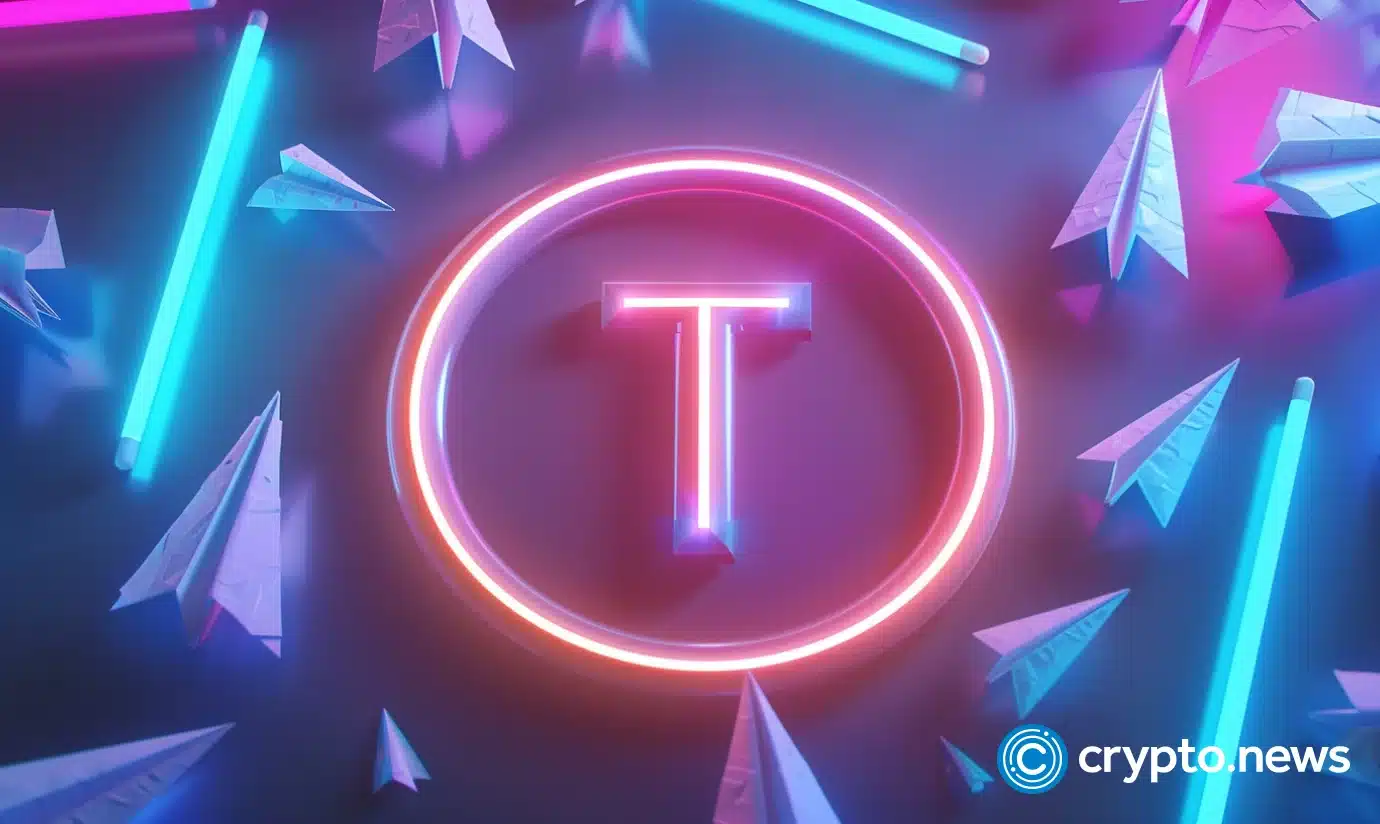The stablecoin market is becoming increasingly competitive, and Tether’s decline in dominance reflects this trend. Tether has been popular due to its provision of a stable, fiat-backed digital currency that enables seamless transactions and trading within the cryptocurrency ecosystem.
However, potential regulatory challenges, such as the EU’s MiCA which restricts the sale of stablecoins to EU investors, may impact Tether’s standing. This may result in exchanges like Kraken re-evaluating their support for USDT.
To address these challenges and ensure the long-term sustainability of the USDT ecosystem, Tether has announced a phased approach to gradually phase out support for USDT on multiple networks over the coming months. The company plans to provide specific timelines for each network separately to facilitate a smooth transition for users.
This approach includes halting USDT redemptions on less active networks, with the goal of improving the overall user experience and maintaining the stability of the USDT peg. In addition, Tether aims to introduce a euro-based stablecoin that complies with Germany’s financial watchdog, BaFin, by 2025, further indicating the company’s strategic shift in response to evolving regulatory and market dynamics.

